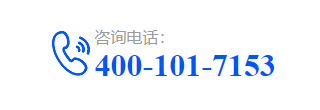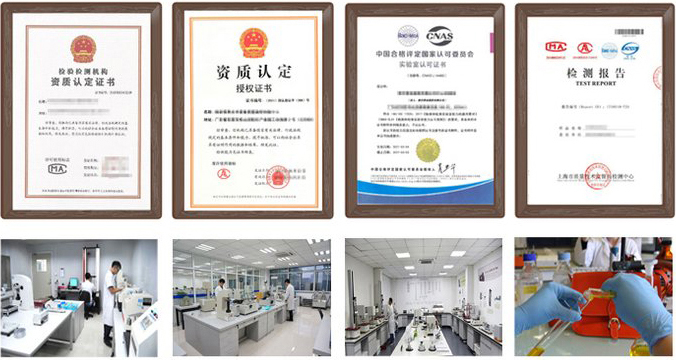Sodium taurocholate testHow to apply for a report? What items need to be tested? We will conduct testing and evaluation in strict accordance with the standards. We can also provide personalized testing plans and reports according to your needs.
There are many methods for detecting sodium taurocholate. The following are some commonly used detection methods:
High-performance liquid chromatography (HPLC):
Use a liquid chromatography system for separation and quantitative analysis, and perform qualitative and quantitative analysis based on retention time and peak area.
It is the main method for separating and analyzing active ingredients of traditional Chinese medicine such as sodium taurocholate, with the advantages of high separation efficiency, fast analysis speed, wide application range, good reproducibility, and stability.
Thin layer chromatography (TLC):
By performing chromatographic separation on the stationary phase and then developing an appropriate color developer for qualitative analysis.
It is a simple, rapid detection method that can reflect the quality of traditional Chinese medicine and its preparations.
The purity of the raw material to be calibrated can be intuitively and quickly examined through the main spot ratio shift (Rf), the main spot color and depth, and the distribution of impurity spots.
UV-visible spectrophotometry:
Use the absorbance of sodium taurocholate at a specific wavelength for quantitative analysis.
Mass spectrometry:
Accurate mass analysis is performed by mass spectrometer for qualitative and quantitative analysis of compounds.
It can be coupled with liquid chromatography (LC-MS) to improve the accuracy and sensitivity of the analysis.
Gas chromatography:
For volatile derivatives, gas chromatography can be used for analysis.
Enzyme-linked immunosorbent assay (ELISA):
If specific antibodies are available, ELISA can be used for quantitative analysis of sodium taurocholate.
Nuclear magnetic resonance spectroscopy (NMR):
Structural analysis and quantitative analysis using nuclear magnetic resonance technology.
It is an accurate and reliable analytical method that can provide detailed information about the structure and composition of the molecule.
Titration:
Chemical titration using appropriate titrants to determine the content of sodium taurocholate.
Electrophoresis:
Separate the different components in the sample by electrophoresis technology and perform qualitative analysis.
Ion chromatography:
Analyze ionic compounds in the sample using an ion chromatography system.
Gravimetric method:
Quantitative analysis is performed by accurately weighing the sodium taurocholate precipitated from the solution.
Colorimetry:
Use a specific chemical reaction to produce a color change, and then perform quantitative analysis by measuring the color intensity.
Fluorescence method:
If sodium taurocholate is labeled or reacted with a fluorescent marker, the fluorescence method can be used for detection.
In addition, some other methods such as acid-base titration, amino acid automatic analysis, derivatization high-performance liquid chromatography, etc. are also used for the detection of sodium taurocholate.
When choosing a specific detection method, factors such as the nature of the sample, the purpose of the test, and the availability of instruments and equipment need to be considered. At the same time, in order to ensure the accuracy and reliability of the test results, the relevant standards and specifications should be strictly followed, and the detection process should be strictly controlled.
Test report function
1、Project bidding: issue authoritative third-party CMA/CNAS qualification report;
2、E-commerce platform entry: quality inspection reports recognized by major e-commerce platforms;
3、Used as sales report: issuing a test report with legal effect to make consumers feel more at ease;
4、Papers and scientific research: providing professional and personalized testing needs;
5、Judicial services: providing scientific, fair and accurate testing data;
6、Industrial problem diagnosis: verifying the troubleshooting and correction of problems in industrial production;


 National free customer service telephone 400-101-7153
National free customer service telephone 400-101-7153 

